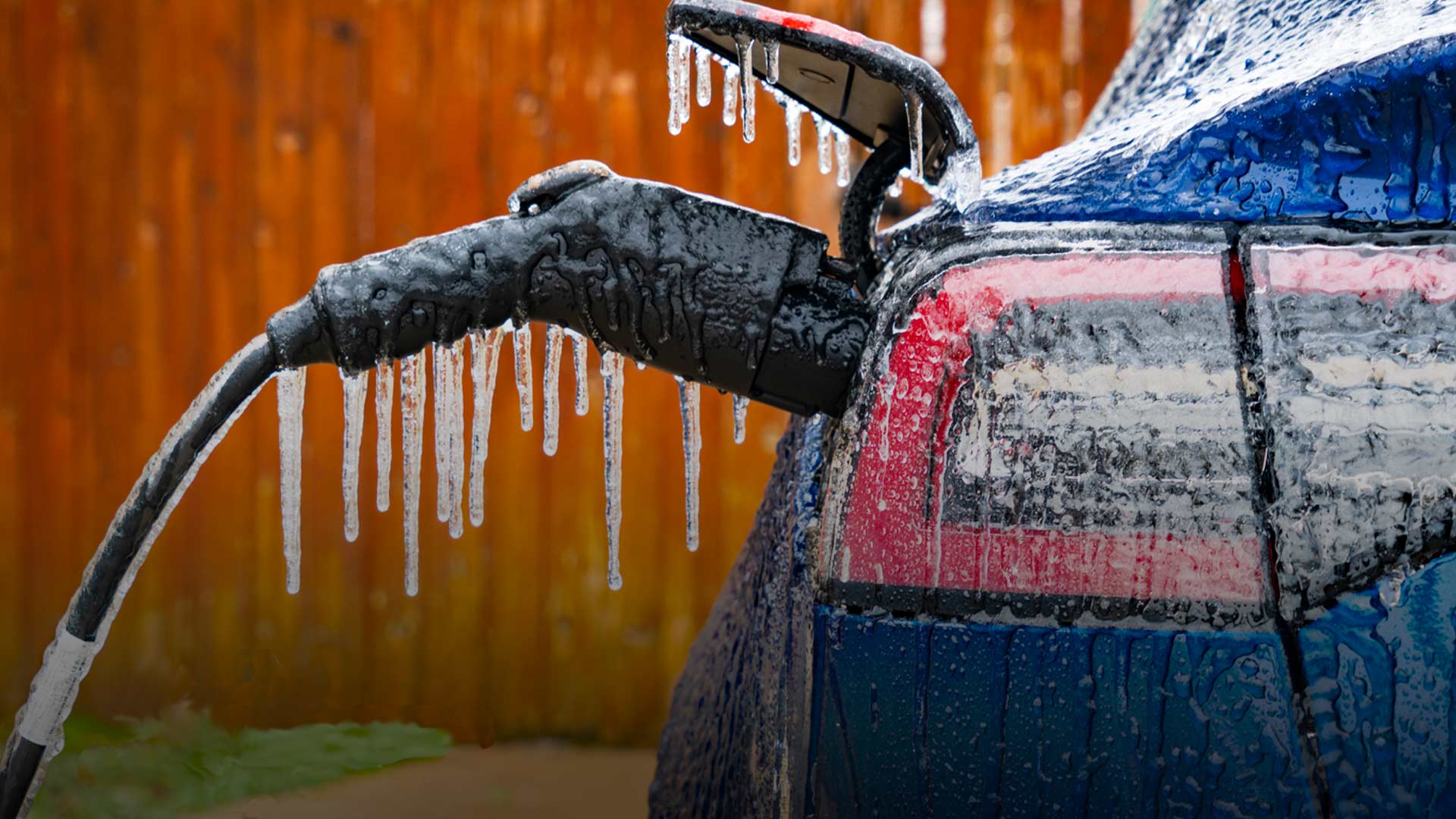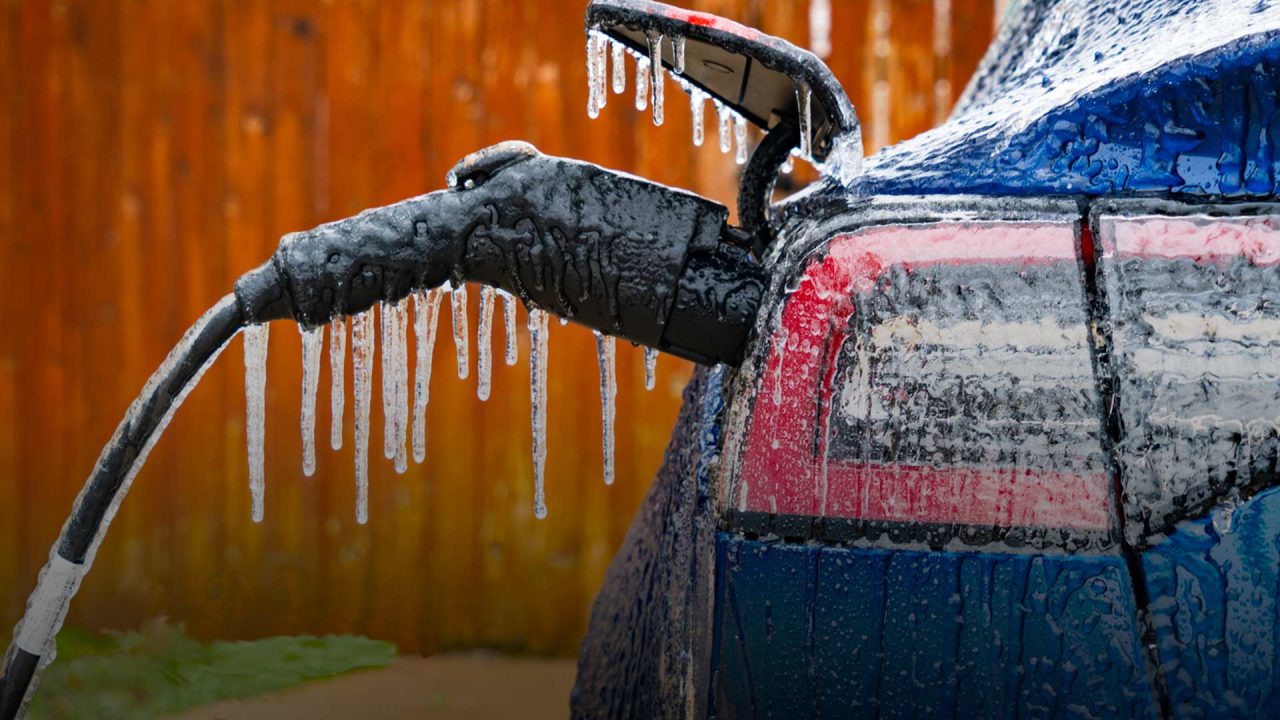

While 7% of Americans now say they own an electric vehicle (EV), fewer and fewer are seriously considering buying one, and they comprise less than 1% of Alaska automobiles.
According to a new report from Gallup, the number of Americans who are “seriously thinking” about getting an EV is trending down from 12% in 2023 to 9% last month.
Likewise, the number of Americans who say they “might consider” buying an EV in the future has dropped from 43% last year to 35% this year.
“Overall, less than half of adults, 44%, now say they are either seriously considering or might consider buying an EV in the future, down from 55% in 2023, while the proportion not intending to buy one has increased from 41% to 48%,” the March 1-20 Gallup poll found. “The findings conform with recent decisions by some auto companies to reduce their electric-vehicle investments after EV market growth has fallen short of expectations.”
The continually weaking consumer demand for EV’s has forced the Biden administration to pursue a less-aggressive schedule of emission-reduction targets for auto companies. He had hoped that by 2030, 60% of new vehicle production would consist of EVs. That appears highly unlikely unless consumer preferences change dramatically.
In Alaska, there are now about 3,300 EV’s, according to the most recent six-month count published in December by Chugach Electric.
“Efficiency during the winter is typically 20-30% lower for many modern EVs since electricity is used to maintain the battery temperature and heat the cabin,” the Chugach report states.
The Chugach report shows that EV ownership in Alaska has increased from about 800 in December of 2022 to 3,300 a year later. That’s still less than 1% of vehicles in Alaska. According to state data, there were 603,000 Alaska passenger cars and pickups combined in 2022.
Chugach notes that there are two types of EVs. Battery Electric Vehicles (BEV) run solely on battery electricity, commonly with a range of 200-350 miles or more. Plug-in Hybrid Electric Vehicles (PHEV) have a smaller battery and modest all-electric range (often 25-40 miles) as well as an internal combustion drivetrain.
EV range, however, is significantly compromised in Alaska’s cold weather.
“Efficiency during the winter is typically 20-30% lower for many modern EVs since electricity is used to maintain the battery temperature and heat the cabin,” the Chugach report states. “EVs are generally most efficient around town where speeds are lower, and more energy is regenerated in stop-and-go traffic. During cold winter months efficiency may drop around town since extra energy is used to warm the cabin on frequent short trips.”
Another major challenge is the lack of charging stations in Alaska, combined with long wait times to complete a full charge. According to Chugach, there are three levels of charging. Slow charging takes one hour to add 2-5 miles of range. Level 2 can add 10 to 30 miles of range per hour of charging, while Level 3 provides 150 to 350+ miles of range per hour.
ALASKA WATCHMAN DIRECT TO YOUR INBOX
If Gallup’s latest report holds true in Alaska, the rate of EV increase is likely to flatten out across the state.
Overall, Gallup found that those on the political left (Democrats and liberals) are more likely than those on the right (Republicans and conservatives) to be in the EV market due to climate change concerns.
Twenty-seven percent of liberals own or are considering an EV, higher than for any other subgroup, Gallup found. Meanwhile, conservatives and Republicans are the two groups with the highest percentages saying they wouldn’t consider an EV.
Gallup concluded that the U.S. market for EV’s is “fairly limited” and relatively static.
“Unless that market expands greatly in the next few years, it is unlikely auto companies doing business in the U.S. will be able to meet the emissions targets laid out by the Biden administration,” Gallup observed. “Those targets may need to be relaxed further if Biden is reelected, or they may be done away with under a second Trump administration.”








8 Comments
The safety of EVs would also be a factor, despite the propaganda machine that hides the many incidents that are happening worldwide. Two of Norway’s two ferry system ships will no longer carry them on ferries that work the coastline, after one was destroyed because of “BBS”: Battery Blowup Syndrome. It likely had something to do with a cargo ship in Alaska this winter, carrying lithium batteries. Get an oil spill? It is headlines! Burning ships? A peep. Garage housefires from EVs are commonplace. I wonder why the MSM missed that news?
Electric Vehicles are a joke. California is trying to stop diesel trucks from entering there state.
There’s absolute cognitive dissonance by the Left. EV batteries are non-recyclable. Wait until the batteries start piling up in landfills of Anch, the Valley, Fairbanks and Southeast. Or, like the trend of AK transportation disposal, sits in the yard decaying as a junked vehicle.
Only fools buy these idiotic vehicles.
Expensive to buy, expensive to fix. Not made for the cold. Solve few if any real environmental problems. But since the left abhors logic and facts, this all falls on deaf ears. It is extremely expensive virtue signaling.
EVs shift their (arguably worse) environmental impacts to some far off place, so liberals can pretend they don’t exist.
When will people WAKE UP to the liberal assault on our Country?
I owned a PHEV when I lived in Florida near a major city. It was actually a pretty good city commuter car. Even on cold days in the Florida winter (some mornings were in the 40s) there was a noticeable drop in all-electric range. If you want to run the cabin heater – forget it. Fortunately, as a PHEV, it had an onboard ICE for cold days and longer road trips.
I sold it and got a gas-powered F-150 right before moving to Alaska. That PHEV wouldn’t be usable during most of the winter here. And forcing BEVs on Alaska will result in a lot of people freezing to death in their dead cars on the side of the highway.